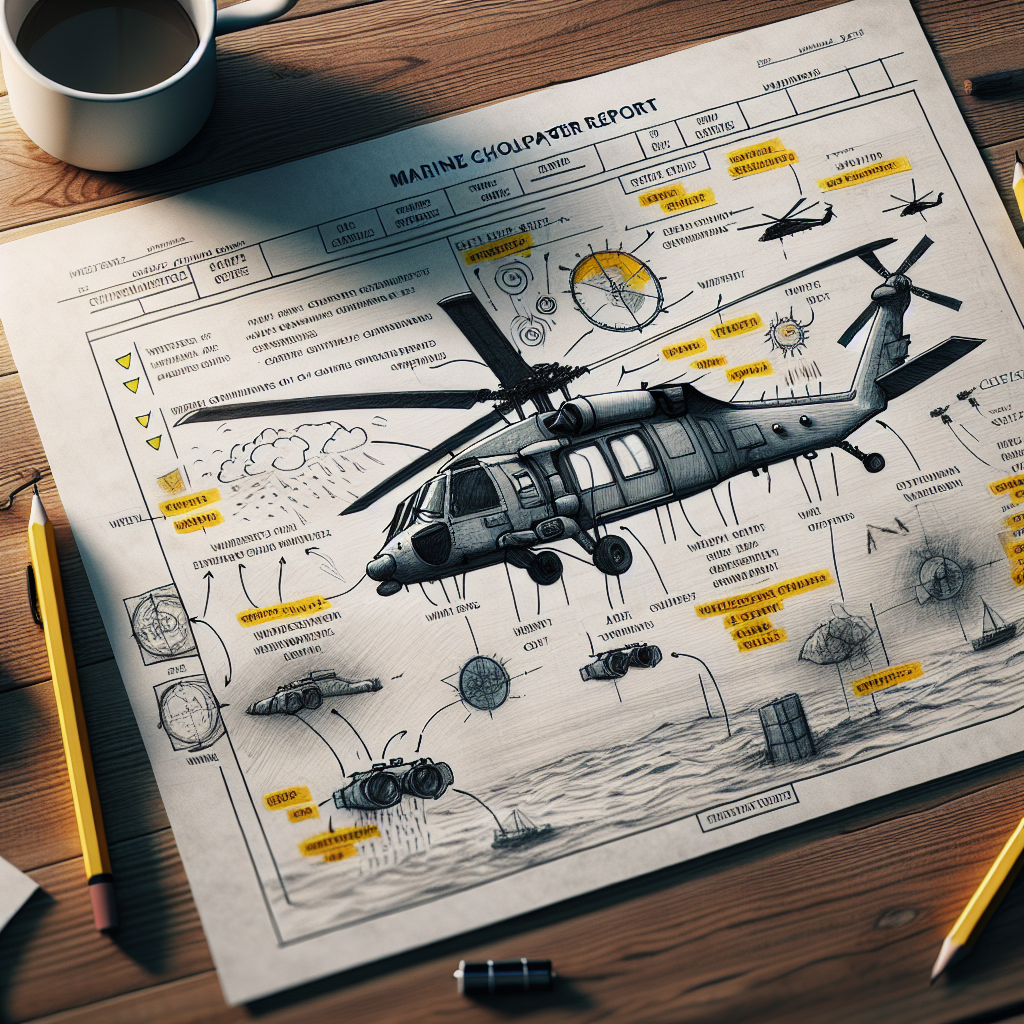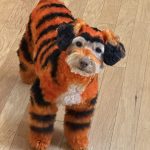Report Identifies Weather and Night Vision Goggles as Key Factors in Marine Helicopter Crash
Report Identifies Weather and Night Vision Goggles as Key Factors in Marine Helicopter Crash
Overview of the Incident
A recent report has shed light on the critical factors contributing to a Marine helicopter crash, emphasizing the role of adverse weather conditions and the use of night vision goggles. The incident, which resulted in significant loss, has prompted a detailed investigation to prevent future occurrences.
Key Findings
- Adverse Weather Conditions: The report highlights that poor weather, including low visibility and turbulent conditions, played a significant role in the crash.
- Night Vision Goggles: The use of night vision goggles, while essential for night operations, was identified as a complicating factor due to its limitations in certain weather conditions.
- Pilot Challenges: Pilots faced increased difficulty in navigation and situational awareness due to the combined effects of weather and night vision equipment.
Recommendations for Future Safety
In response to the findings, the report suggests several measures to enhance safety and prevent similar incidents:
- Improved Training: Enhanced training programs for pilots to better handle adverse weather conditions while using night vision goggles.
- Advanced Equipment: Development and integration of more advanced night vision technology that can better cope with challenging weather.
- Weather Monitoring: Implementation of more rigorous weather monitoring and forecasting systems to aid in decision-making before and during flights.
Conclusion
The report underscores the critical need for improved safety measures in military aviation, particularly concerning the use of night vision goggles in adverse weather. By addressing these key factors, the aim is to enhance pilot safety and operational effectiveness in challenging conditions.

















